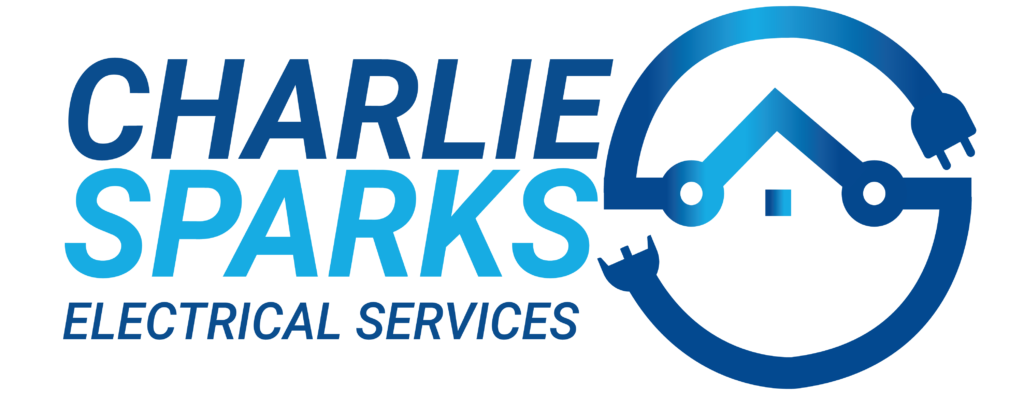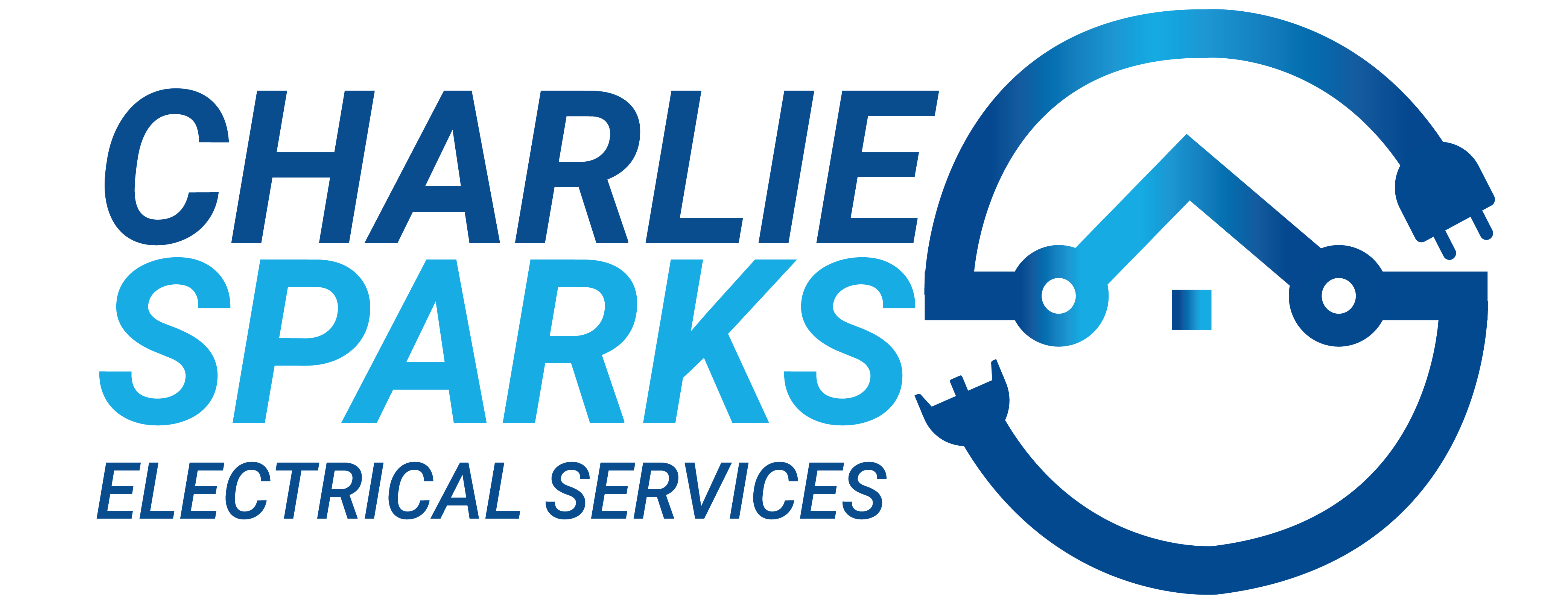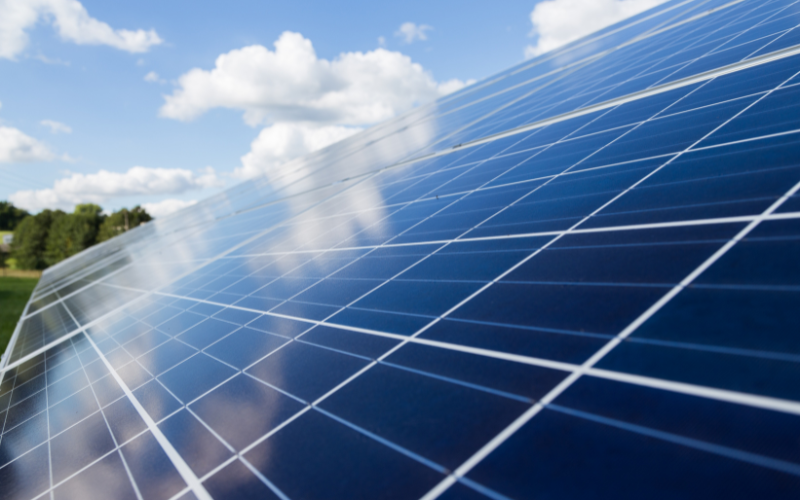If you’re considering going solar, you may be curious about solar energy’s financial viability, your roof’s suitability for solar panels, potential electricity generation, and the best available solar panel manufacturers.
Before investing in solar energy for your home, it is essential to ask critical questions to ensure the property is well-suited for solar panel installation. Here are a few key considerations to review before committing to purchasing or leasing a solar energy system.
How to run your Whole House on Solar Energy
Size & Position Your Solar Panels
Solar technology enables the conversion of sunlight into electrical power and the transmission of that electricity to the various components of your home via the electrical panel.
To be able to provide your entire home with solar energy, your photovoltaic system must be able to generate an amount of electricity that is equivalent to what you consume.
To accomplish this, you must:
- Calculate your monthly electricity usage
- Make sure you have enough solar panels to meet your electricity needs
- Ensure your panels receive adequate sunlight throughout the day
A personalised photovoltaic system layout will ensure that your solar modules are tailored to your home’s energy needs, enabling you to maximise energy production.
Install Solar Battery Storage
Solar battery storage is necessary to utilise solar power during periods of limited sunlight. It allows the electricity generated from solar panels during the day to be stored and used later, thus providing power to your home at night.
To solely power your residence with solar energy, you will need a substantial battery bank for providing electricity during the night hours. Additionally, if you keep the connection to the electrical grid, you can use the grid as a safeguard in case the solar energy stored is insufficient.
Switch to All-Electric Appliances
Since many of the appliances in our home, such as furnaces, water heaters, and gas stoves, are powered by gas instead of electricity, if you desire to implement a solar power system in your entire home, it will be necessary to replace these gas appliances with all-electric ones that can run solely on solar power.
- Pumps that provide heat
- Water heaters that use heat pumps
- Cooktops with induction technology
Going for an electric home enables you to forgo fossil fuels, running your home exclusively on solar energy.
Making the switch to electric appliances can help you save money on energy expenditures, shrink your carbon footprint, and even improve the indoor air quality in your house.
Factors to Consider
Home Location
The location of one’s home is of utmost importance regarding the potential for solar power generation. Fortunately, Australia enjoys ample sunlight, and solar energy is thus a viable, sustainable option.
Households situated in sunny areas can take full advantage of the sunlight. In contrast, those in more shaded areas, such as near forests or metropolitan areas, may need to explore other options for installing solar panels to gain adequate solar exposure.
How Many Solar Panels are Needed
Roof Capacity for Solar Panels
Given optimal exposure to sunlight, rooftops are the most suitable location for installing solar panels. It is, therefore, essential to consider whether the roof is structurally capable of accommodating the requisite number of solar panels for a complete solar power system.
It is advisable to install 28 to 34 250-watt solar panels to provide the necessary power output to the home effectively.




